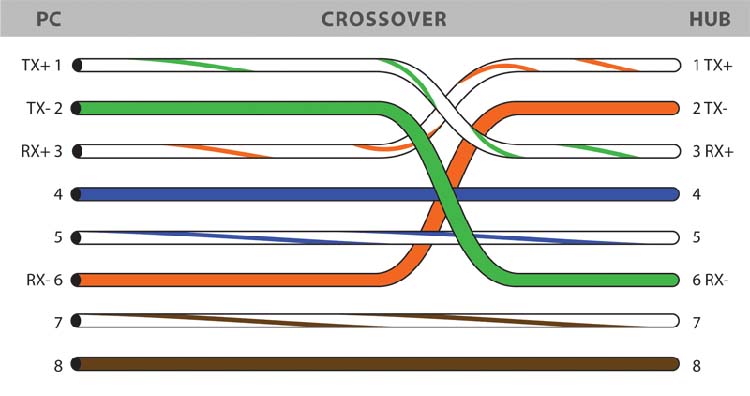
This indicates also that the Heisenberg fixed-point with $ D = 0 $ has two relevant variables, $ t \propto T − T_c $ and $D$ (besides the external field). These are two radically different phases (and universality classes), and correspond to disparate ground-states. At high temperatures, the system is in a paramagnetic (disordered) phase, and as one lowers the temperature (below $T_c$) the system orders.įor a finite $D$, when $ D > 0 $, the critical behaviour of the anisotropic Heisenberg model is governed by an Ising-type fixed-point (marked with ‘I’ in the figure), while its critical behavior for $ D < 0 $ is determined by an XY-type fixed-point. The figure shows critical behavior of the Heisenberg universality type for $ D = 0 $. 2 provides a simple instance of crossover for a Heisenberg model with a uniaxial anisotropy: The criticality is therefore richer: Tuning these parametres leads to different types of criticality (or universality classes). In such cases, the phase of the system depends on several relevant parametres (in the RG sense). Crossover happens when more than one critical fixed-point appear in the phase diagram. Microscopically, in a crossover, the ground-state of the system changes radically (so that any perturbative expansion around the original ground-state will fail to capture the new ground-state), but in a very smooth manner ie., without any discontinuity in the thermodynamic observables (which is the hallmark of phase transitions).īeyond that handwaving description above, if we define a phase as a fixed-point for the renormalization-group (RG) flow, then we arrive at a more precise definition for a crossover.

Typically, it occurs in a region of the phase diagram, rather than a singular point.
#CROSSOVER DEFINITION MARKETING FREE#
A crossover is thus not associated with a change of symmetry, or a discontinuity in the free energy functional. Remember that “phase transitions” are defined à la Ehrenfest (discontinuities in the derivatives of the Free energy functional) or à la Landau (symmetry-breaking mechanisms). The key point is that in a crossover, no canonical “phase transition” occurs, although there is a drastic change in the phase of the system. In certain metallic compounds with a dilute concentration of magnetic impurities, the Kondo effect occurs when the temperature is reduced below a certain threshold, and the system “crosses over” from a normal Fermi liquid phase ( weakly-coupled to impurities) to a “local” Fermi-liquid phase where conduction electrons form strongly-bound spin-singlets with the impurity electrons, without any phase transition involved. In ultracold Fermi gases, a BEC-BCS crossover occurs by tuning the interaction strength, where the system “crosses over” from a Bose-Einstein-condensed (BEC) state to a Bardeen-Cooper-Schrieffer (BCS) state without encountering a phase transition.

Well-known examples in strongly-correlated condensed matter are BEC-BCS crossover and the Kondo effect. As a handwaving definition, “crossover” is a generic term to describe a smooth transition between two separate phases of matter, upon changing some (thermal/non-thermal) parametres.


 0 kommentar(er)
0 kommentar(er)
